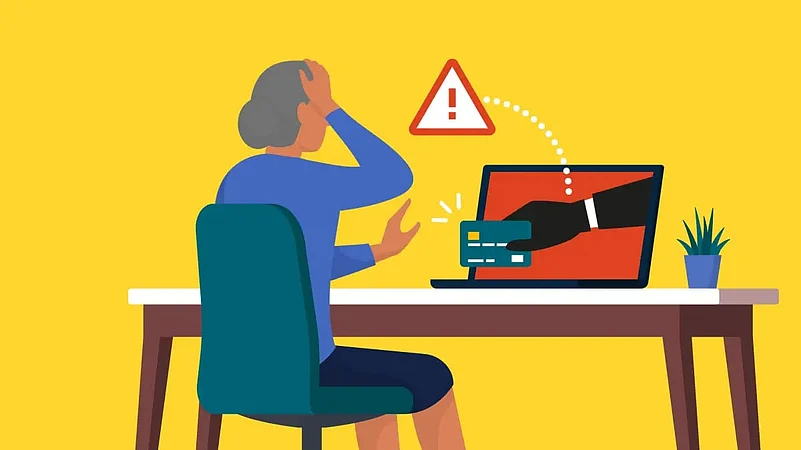The AIS is a consolidated statement that contains all the financial transactions of a taxpayer, including income, expenses, and taxes paid. It is used by the tax department to verify the accuracy of the taxpayer’s income tax returns (ITR).
If you discover errors in your annual information statement (AIS), you can still get those errors rectified.
Says Sanjiv Bajaj, joint chairman and managing director, Bajaj Capital: “To rectify errors in the AIS, you should first file a revised AIS. You can do this by logging into your account on the income tax e-filing portal and selecting the “AIS” option. From there, you can select the relevant financial year and click on the “Revise” button. You will then be able to make the necessary changes to the AIS and submit it again.”
In addition to filing a revised AIS, you should also pay any additional taxes that may be due as a result of the errors. You can do this by using the online tax payment facility available on the IT e-filing portal.
Says Bajaj: “It’s important to note that failing to rectify errors in the AIS can result in penalties and other legal consequences. Therefore, it’s always advisable to review your AIS carefully before e-verifying it to ensure that all the information is accurate and complete.”
STEPS TO LOCATE AND RECTIFY ERRORS IN AIS
If you suspect that a transaction has been incorrectly recorded, you should take the following steps to locate and rectify the error.
Check The Source Document: The first step is to go back to the original source document, such as an invoice or a receipt, and verify the details of the transaction. Make sure that the amount, date, and other relevant information matches with what has been recorded in your financial records.
Review The Ledger Accounts: Once you have checked the source document, you should review the relevant ledger accounts to locate the transaction. Look for any entries that match the transaction amount or description. Check both the debit and credit entries to ensure that they are correct.
Check The Bank Statement: If the transaction was a payment or receipt through your bank account, check the bank statement to verify the transaction details. Make sure that the amount, date, and other information match with what has been recorded in your financial records.
Reconcile Accounts: If you still cannot locate the error, try reconciling the relevant accounts. This involves comparing the transactions recorded in your financial records with those in the bank statement or other external records. Any differences should be investigated further.
Seek Professional Help: If you are still unable to locate the error or if it is a complex transaction, it may be advisable to seek professional help from an accountant or a bookkeeper.
In summary, to find a transaction that has been incorrectly recorded, you should check the source document, review ledger accounts, check bank statements, reconcile accounts, and seek professional help if needed. It’s important to rectify any errors promptly to ensure the accuracy of your financial records.
What Should You Do If You Receive Notice For e-Verification: If you receive a notice for e-verification from the income tax department, it means that your ITR has been selected for verification.
To complete the e-verification process, you should follow these steps: Log in to your account on the IT e-filing portal using your user ID and password. Go to the “My Account” tab and click on the “e-Verify Return” option.
Select the relevant assessment year for which you have received the notice. Choose the e-verification method that you prefer. You can e-verify your return using Aadhaar OTP, Netbanking, bank account-based validation, or a demat account. Follow the instructions provided for your chosen e-verification method to complete the process. Once you have successfully e-verified your return, the process is complete, and you won’t need to take any further action.
It’s important to note that you must complete the e-verification process within the timeframe mentioned in the notice. Failure to do so may result in penalties or legal consequences. If you have any doubts or questions about the e-verification process, you can contact the income tax department helpline, or, seek professional help from a qualified tax practitioner.














